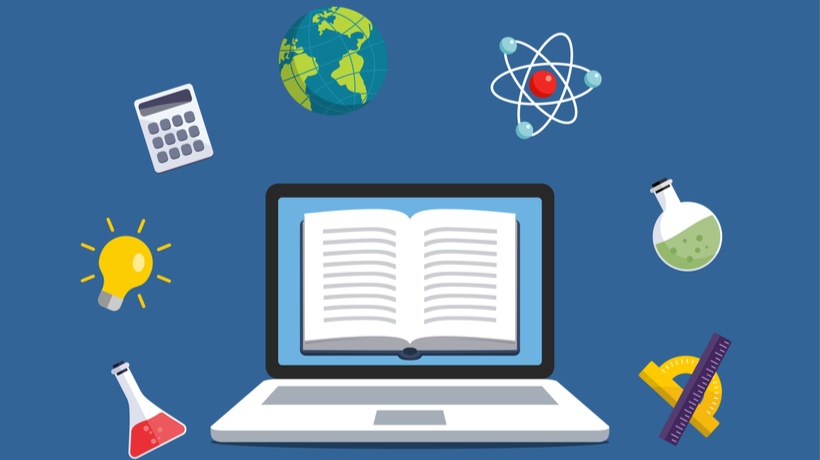In today’s increasingly interconnected globe, the ability to function collaboratively is a crucial skill. As typical instructional standards develop to meet the needs of the 21st century, collective learning emerges as a pivotal principle. This write-up explores the ins and outs of collective learning, discovering its benefits, strategies, and obstacles, while offering insights into how it shapes modern education and learning.
Collective knowing goes beyond just collaborating.

It symbolizes an instructional method where people engage in a collective effort to acquire knowledge, resolve troubles, and accomplish an usual goal. This method emphasizes the value of diversity in idea and cultivates deeper understanding via interaction and shared experience.
The Benefits of Collaborative Learning
Joint learning supplies a myriad of benefits, making it a favored method in academic settings across q&a qammunity for students platform the globe. Among the primary benefits is the enhancement of critical believing skills. As learners engage with peers, they are revealed to various perspectives, urging them to examine and evaluate information extra seriously.
One more considerable advantage is the enhancement in communication skills. Collaborative knowing atmospheres require active listening, articulate expression of ideas, and considerate discussion. These abilities are indispensable, not just academically, however in specialist and social contexts also.
Cognitive advancement is additionally especially reinforced via collective initiatives. Interacting needs students to verbalize their reasoning, difficulty assumptions, and incorporate various viewpoints, leading to much deeper cognitive processing and retention.
- Boosted critical assuming
- Enhanced interaction skills
- Raised cognitive growth
- Greater retention rates
- Fostering of social and management skills
The advancing result of these advantages is an extra holistic academic experience. Learners not only acquire understanding yet also create essential life abilities that prepare them for future joint undertakings in any type of field.
Strategies for Efficient Collaborative Knowing
Applying collective learning effectively needs thoughtful technique and planning.

Educators has to produce an atmosphere for cooperation, where learners feel safe and inspired to get involved honestly. Below are some strategies that can help with successful joint discovering experiences.
To start with, developing clear objectives and assumptions is vital. When students recognize the objectives and their duties within the team, they are most likely to engage meaningfully. Educators needs to interact these objectives clearly and ensure they are lined up with the educational program.
Second of all, making use of diverse team frameworks can enhance the understanding experience. By varying team make-up, whether by skill level, interest, or background, teachers can boost vibrant interactions and a more extensive understanding of the product.
Difficulties in Collaborative Understanding
While joint discovering uses countless advantages, it is not without its difficulties. One typical issue is the difference in team member participation. Some people might dominate discussions, while others may be much less inclined to contribute, resulting in an inequality in the learning experience.
- Disparate levels of involvement
- Possible for dispute
- Time administration difficulties
- Varying levels of dedication
In addition, conflicts can arise due to varying opinions, functioning designs, or misunderstandings. Educators should be furnished to take care of these conflicts successfully, promoting an atmosphere where considerate discussion dominates.
The Role of Technology in Collaborative Discovering
In the digital age, innovation plays an instrumental duty in helping with joint learning. On-line systems damage geographical barriers, allowing people from diverse locations to collaborate in actual time. These devices provide a wide range of attributes that improve collective efforts, from shared records and conversation forums to virtual meeting areas.
Modern technology not just broadens the scope of that can join joint discovering but additionally enhances the high quality of communication. Learners can access a larger series of sources, engage with interactive content, and use their expertise in innovative means.
Future of Collaborative Understanding
Looking in advance, the future of joint understanding shows up promising. As schools continue to welcome innovation and innovate instructional methods, cooperation will likely end up being a cornerstone of discovering experiences at all levels of education and learning.
Ultimately, the essence of collective learning hinges on its capacity to encourage people through shared initiative and good understanding. As we move on, growing these experiences will be crucial in preparing students not just to do well academically, but to prosper in a facility, interconnected globe.

